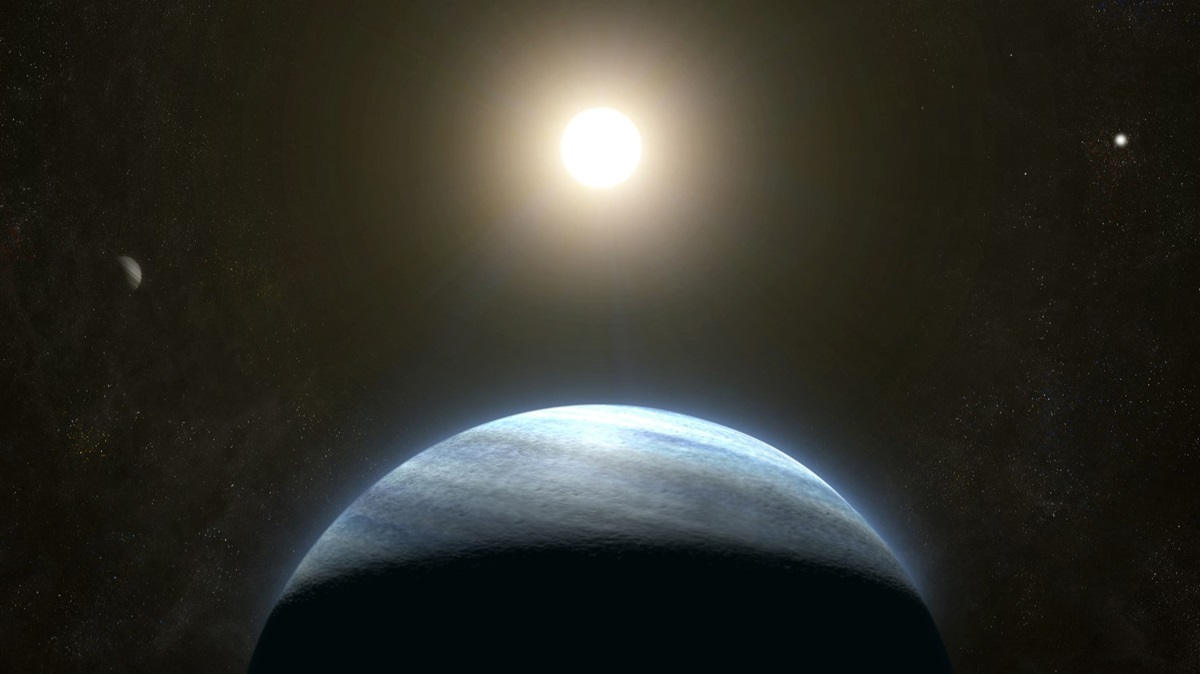
Distant and Daring: The Discovery of a Neptune-sized Planet in a Binary Star System through Citizen Science Efforts
A Neptune-sized planet, located in a binary star system, has been discovered by a team of astronomers working alongside citizen scientists. TOI 4633 c or Percival, as it is known, orbits around a pair of stars located approximately 309 light-years away from Earth. Initially detected by citizen scientists going through data collected by NASA’s Transiting Exoplanet Survey Satellite (TESS), the planet was observed as it passed in front of one of its host stars, causing a temporary dimming of the star’s light.
The discovery of this unusual system is significant as it is located much farther than typical planets found using the transit method and takes 272 days to complete an orbit around the central star. Furthermore, its star is the brightest known to host a transiting planet in the “habitable” zone. It is also believed that a second planet orbits the star every 34 days.
The details of this intriguing system have been documented in a paper published in the Astrophysical Journal. Lead author Nora Eisner, a research fellow at the Flatiron Institute’s Center for Computational Astrophysics in New York City, emphasizes the importance of discovering planets in multi-star systems to understand variations in planet formation. She believes that studying such systems can help us comprehend how planets form and interact with their host stars.
The discovery of TOI 4633 c was made possible with the help of over 43,000 volunteers from 90 countries involved in TESS’s Planet Hunters project. Danish citizen scientist Simon Bentzen expressed his excitement at being part of the team that identified this new system. He said he feels honored to have contributed to such an exciting discovery and hopes that more people will get involved with projects like these to make further discoveries possible.
As researchers continue to study TOI 4633 c and its system, they are opening up new avenues for exploration and understanding planet formation. The possibility of finding a moon with a solid surface that could harbor water opens up exciting possibilities for future missions and scientific discoveries.
In conclusion, discovering planets like TOI 4633 c can be challenging but rewarding work for scientists and citizen scientists alike. By collaborating together, they can uncover new insights into our universe’s mysteries and pave the way for future explorations and discoveries.

